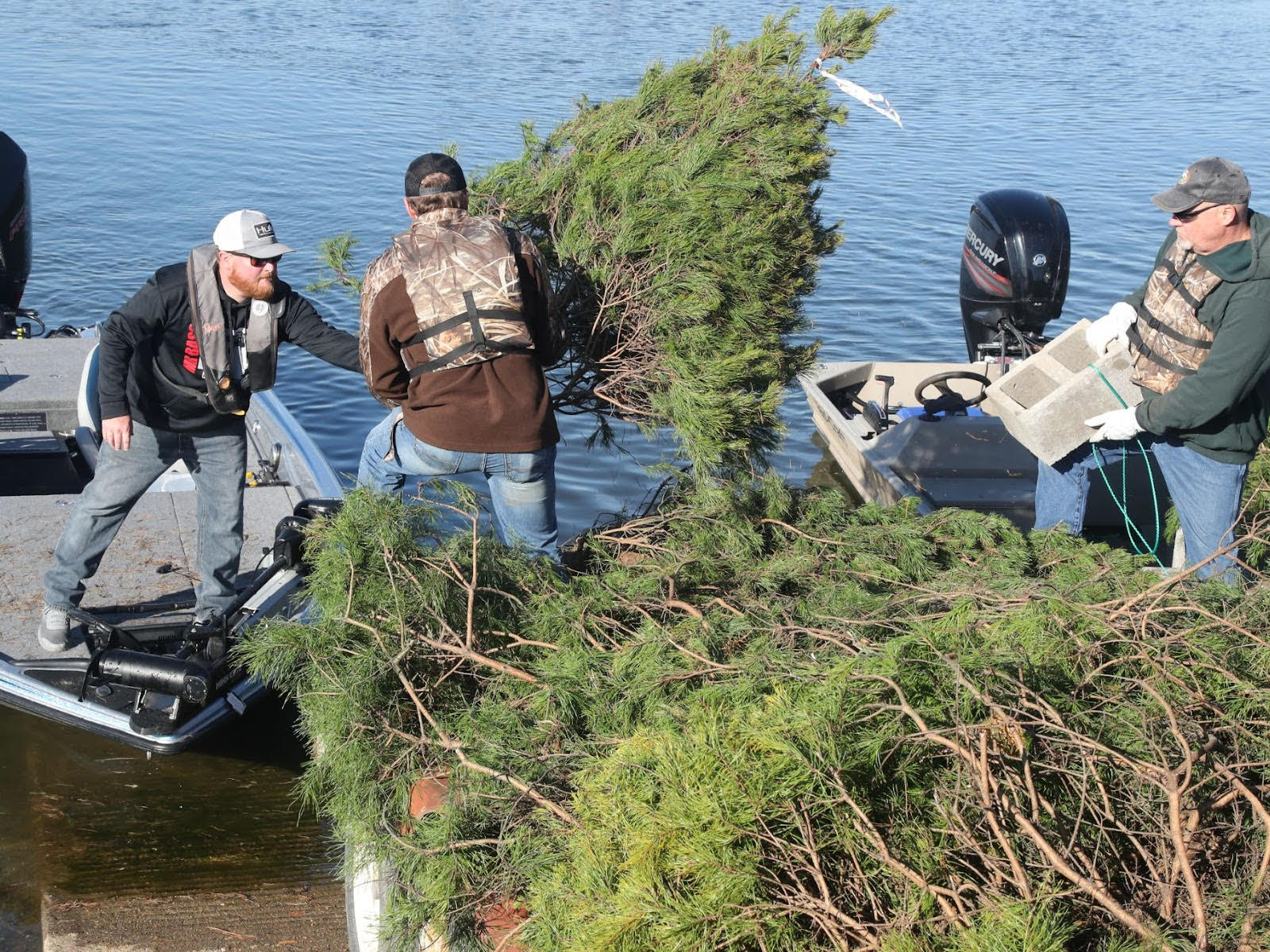Plug removal at Hurricane Lake WMA complete
ON 12-08-2021
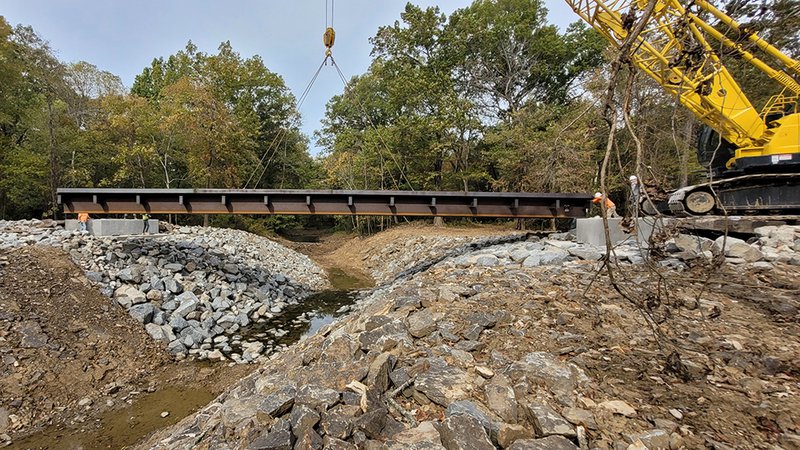
Dec. 8, 2021
Randy Zellers
Assistant Chief of Communications
BALD KNOB — The Arkansas Game and Fish Commission completed work to remove clogged culverts and install stream crossings on Mallard Pond Road at Henry Gray Hurricane Lake Wildlife Management Area last week and the road will be able to see some traffic this weekend in time for the second segment of the 2021-22 waterfowl season.
Although the drier-than-normal fall has caused some heartache with waterfowl hunters so far this duck season, these conditions have allowed contractors to work quickly and complete the project ahead of schedule. Heavy equipment is still being moved from the area, but access is open across this portion of the WMA.
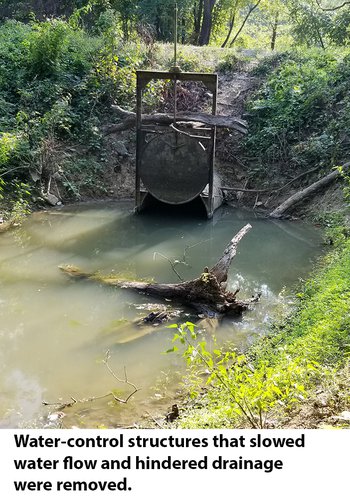
Jason “Buck” Jackson, wetlands biologist specialist for the AGFC who oversees efforts at wetland restoration and management, said construction in bottomland areas that are prone to flooding can be very complex and can always be delayed by rainfall and site conditions, so the speed at which the work was completed was satisfying.
“If we had seen a lot of water come into the system through rainfall or the river, we could have had to shut down work until things dried out again, but the weather was on our side to get this done,” Jackson said.
Hurricane Lake WMA has been a major focus of the Arkansas Game and Fish Commission since a large portion of the southern greentree reservoir on the area experienced a major die-off of trees that provide the pair-bonding shelter and food resources mallards seek during their wintering period in Arkansas. The continued degradation of tree health in greentree reservoirs due to extremely wet years and high water throughout Arkansas has prompted the AGFC to alter management strategies on publicly owned waterfowl habitat and hunting areas it controls.
“Water needs to rise and fall more naturally through these systems if we want to keep the quality of the habitat they provide in the long-term,” Jackson said. “But keeping the water flowing when it is high is much more complicated than simply unplugging a drain. All that water has to have a place to go and the passages have to be large enough to pass the water efficiently. Otherwise it’s like trying to drain a swimming pool with a garden hose.”
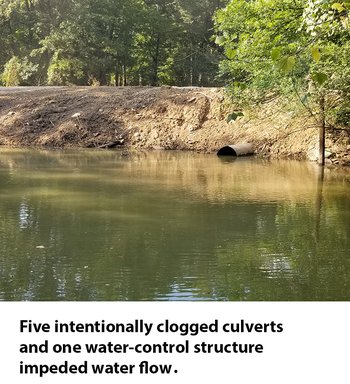
The plug removal was the first step in a series of infrastructure changes planned for the area, but it was vital to allowing water out of the WMA when the river levels recede.
Mallard Pond Road was originally built on a natural high river bank, and the dirt plugs blocking under-road culverts and water-control structures created an impromptu levee that held water back. Using LiDAR, a high-detail elevation mapping technique, Jackson and other staff at the AGFC identified seven plugs and water-control structures that had to be removed and water passage allowed to promote free flow of water to the Little Red River on the other side of the road.
In place of the plugs and water control structures, contractors constructed five bridges and a low-water crossing that will allow water to flow out of the WMA when river levels allow and continue to provide good public access. The seventh water-control structure was removed, but building a crossing was unnecessary as it was beside the road and did not affect access.
Partial funding for this project was secured through a $1 million North American Wetlands Conservation Act grant written by and awarded to Ducks Unlimited, in which the AGFC and DU each provided $100,000 of matching funds and services. The AGFC provided the remaining $1.6 million needed to complete the project.
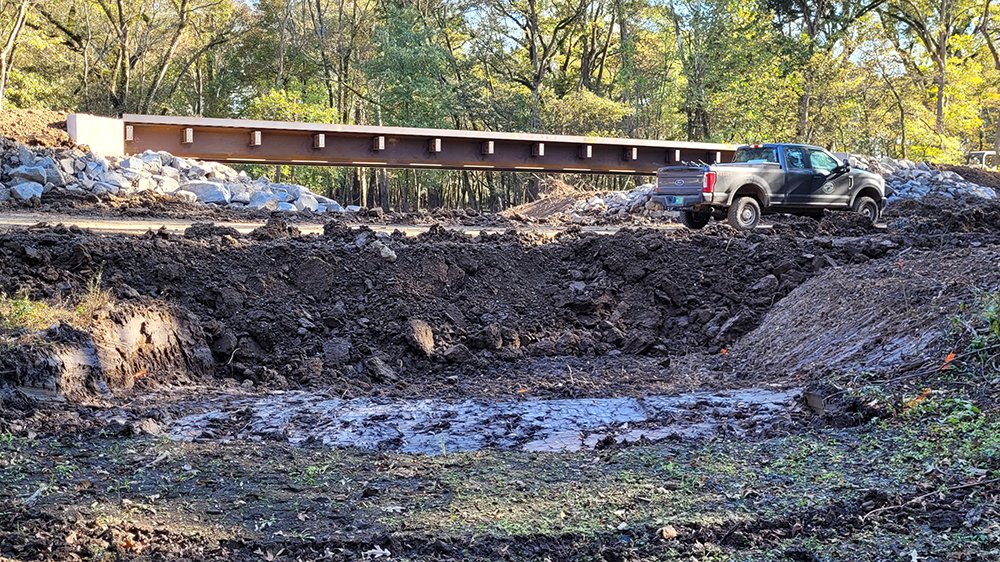
Recent News
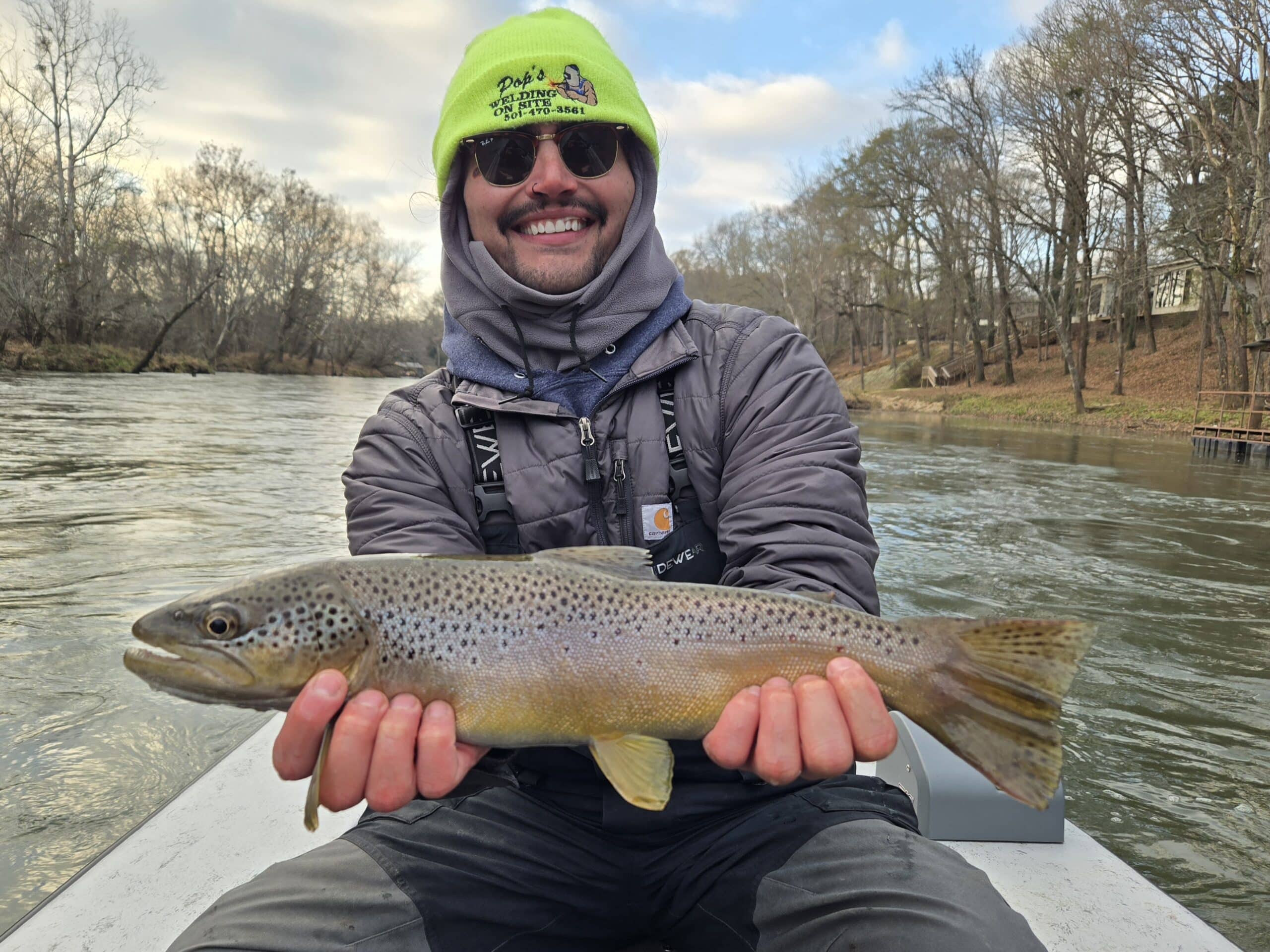
Arkansas Wildlife Weekly Fishing Report
Dec. 18, 2025
Subscribe to Our Weekly Newsletter E-mails
Don’t miss another issue. Sign up now to receive the AGFC Wildlife Weekly Newsletter in your mailbox every Wednesday afternoon (Waterfowl Reports are published weekly during waterfowl season and periodically outside the season). Fishing Reports arrive on Thursdays. Fill in the following fields and hit submit. Thanks, and welcome!

